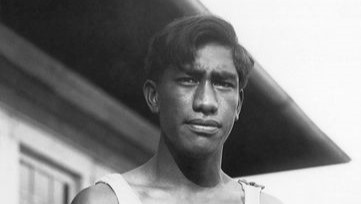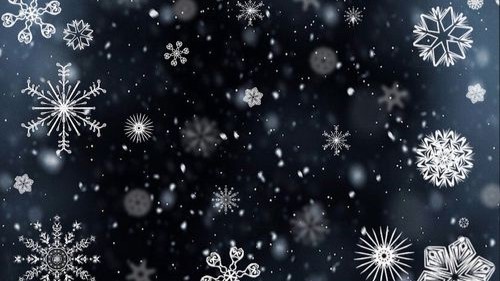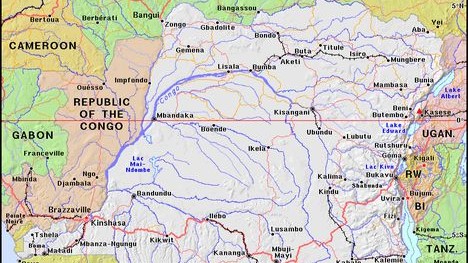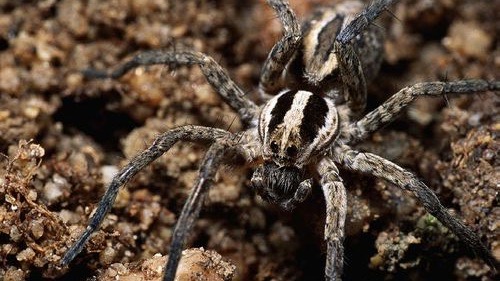Surfing has existed in many forms for several centuries in places like West Africa and Peru. But the origins of the most popular form of modern surfing originated in Ancient Polynesia. Cave paintings from the 12th century show Polynesians riding waves. The first Polynesians arrived in the Hawaiian Islands in the 4th century. They brought with them their deep knowledge of the ocean as well as the sport of surfing. Surfing has been a major part of Polynesian and Hawaiian culture for thousands of years.
In Hawaii, surfing has always been more than a sport. In its earliest days in the islands, it was a cultural and spiritual activity. Hawaiians called surfing he’e nalu, which means “wave sliding.” They followed an ancient code of rules and laws called Kapu. The Kapu system controlled religion, politics, lifestyle, and surfing customs. For example, before selecting a tree to carve to create a surfboard, Hawaiians would give offerings to the gods. They prayed to the kahuna, or expert priest, to give them good waves. Hawaiians even gave thanks after surviving a rough wipeout in the ocean. All of these traditions were a well-established part of Hawaiian surfing culture.
Hawaiian men, women, and children of all ages and social classes surfed. Back then, Hawaiian society was split into two main social classes: the royal and the common class. Only members of the royal class could surf in certain areas with the best waves. Chieftains, the highest members of the royal class, displayed their courage, skill, and power by surfing in big waves. They rode on olo boards, which could be as long as 24 feet and were made of heavy wood. Other Hawaiians rode alaia or paipo boards. These boards were much shorter and lighter, making them easier to ride. Although the social classes in Hawaii were strictly divided, some people in the common class gained respect from the royal class by demonstrating their surfing skills. Over hundreds of years, surfing continued to flourish as an important part of Hawaiian life.
In the late 1700s and early 1800s, white settlers began arriving in Hawaii. The first written account of surfing happened in 1778. British explorer Captain James Cook wrote that the surfer he watched seemed to feel “the most supreme pleasure, while he was driven on, so fast and so smoothly, by the sea.” However, not all explorers and other white settlers felt the same way about surfing. Missionaries arrived on the islands of Hawaii. They thought surfing was sinful and tried to ban it. They also brought diseases to the islands. By 1800, the Hawaiian population had declined by 48% since Cook had arrived in Hawaii. By 1840, the population had declined by 84%. During this time, surfing almost disappeared. However, a few dedicated Hawaiian surfers persevered and continued to keep the sport alive.
Duke Kahanamoku and George Freeth, two Hawaiian surfers, helped spread surfing to the rest of the world. In 1907, Freeth gave surfing demonstrations in Southern California. People were amazed at his skill. In 1914, Duke Kahanamoku went to Australia and popularized surfing there. Soon, many people started traveling to Hawaii to learn how to surf. New, lighter boards were created that made surfing more accessible. It became an international sport.
Today, there are about 35 million surfers worldwide. In 2016, the Olympic Committee decided to make surfing an Olympic sport for future Olympic Games. Surfing continues to be a popular sport in Hawaii and the rest of the world.









